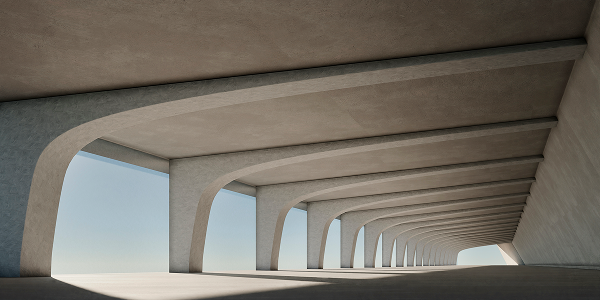How Are Waterproof Concrete Materials Produced?
The strength and service life of constructed buildings depend on the materials’ resistance to environmental factors. One of the primary environmental factors affecting construction materials, such as concrete and steel, is their exposure to water. The quality and condition of waterproofing directly influence the lifespan of buildings and the durability of construction materials. When proper waterproofing is not applied, the direct contact with water can infiltrate the concrete, leading to the corrosion of structural steel and causing severe damage to buildings.
Water does not need to come solely from rainfall to damage building components. For instance, a water leak at the foundation can cause the concrete that forms the foundation to lose its performance and the steel used in the structure to corrode, weakening the building internally. Unlike water leaks caused by rainfall, those in the foundation are often unnoticed and can cause significant damage to the building before they are detected. In the worst-case scenario, structural elements may lose their performance and durability due to water leakage, and this may only be realized too late—after the building has collapsed. This can lead to both loss of life and property. Therefore, protecting concrete from water and ensuring proper concrete insulation are of critical importance.
Thanks to advancing technology, in addition to waterproofing, impermeable concrete is also being produced. Designed for use in wet and damp areas, waterproof concrete can be used in roofs, terraces, drainage and water channels, retaining walls in contact with the ground, and most importantly, the foundations of buildings built on damp or wet soil. So, how is waterproof concrete produced?
A Small Support for Concrete: Waterproofing Additives
A well-designed concrete is naturally impermeable when it is properly placed in molds and well-maintained. However, without correct application and maintenance (such as curing the concrete), the concrete may become permeable. To prevent this, some chemical additives mixed into the concrete allow the material to maintain its impermeability even if issues arise during application.
The Armor of Concrete: Insulation Materials
The final step in creating waterproof concrete is to protect it with a waterproof insulation material. These insulation materials, which act as a sort of armor for the concrete, prevent water and moisture from reaching the surface, stopping harmful organisms such as moss, lichen, and algae from penetrating the concrete. Effective waterproofing applied to concrete floors and walls is the final step in making the concrete waterproof. In this way, both the concrete and the steel reinforcements within it remain unaffected by water, preventing corrosion. Waterproofing is crucial to ensuring the structure is resistant to water from both inside and outside.







